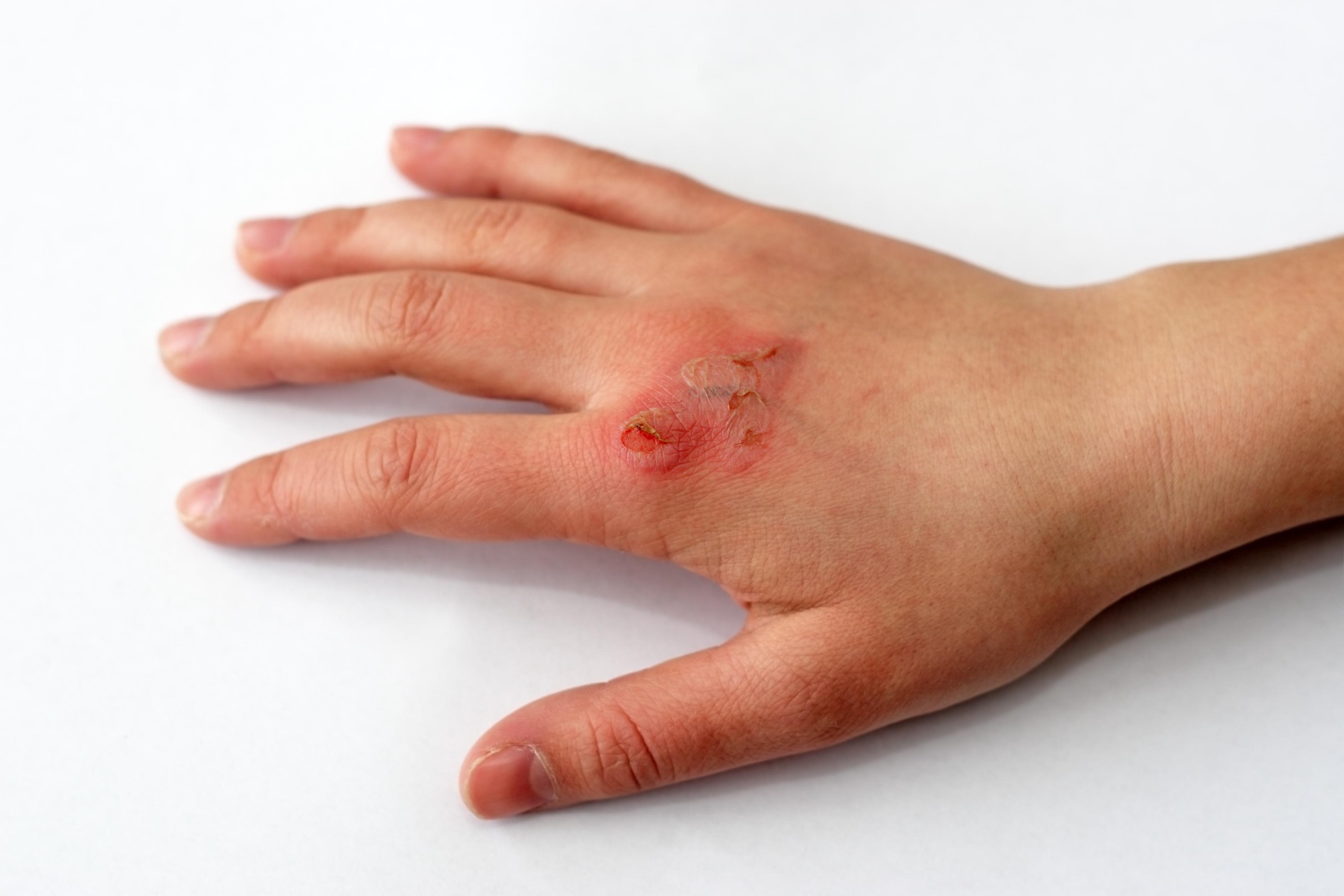In patients with non-fatal burn injuries, stigma was associated with reduced life satisfaction after accounting for other variables.
Non-fatal burn injuries are a leading cause of morbidity, with recent estimates of more than 400,000 burns in the United States each year. “Although the survival rate for people with burn injuries is nearly 97%, these individuals often experience stigma related to their injury, negative psychosocial outcomes, dysfunctional coping, pain, and decreased physical functioning,” explains Jack D. Watson. “The frequent and pervasive presence of stigma after burn injury is well-established, but research is lacking on the effects of stigma on patients who sustain these injuries.”
The Impact of Stigma & Resilience in Patients With Burns
Previous studies have linked the experience of stigma to negative health and psychological outcomes in various patient populations. “Research has also shown that stigma is strongly associated with decreased QOL, which in turn reduces life satisfaction,” Watson says. “Resilience has been connected to subjective well-being, higher self-esteem, and increased social connectedness for individuals with burn injuries. However, resilience is a generally underutilized construct within the burn literature and very few studies have investigated the relationship between stigma and resilience.”
For a study published in the European Burn Journal, Watson and Paul B. Perrin, PhD, examined the relations among burn stigma, QOL, resilience, and life satisfaction in individuals with burn injuries who completed a battery of measures assessing these constructs. Patients were eligible for the study if they were aged 18 or older and were currently a patient in the outpatient burn clinic, meaning they sustained a burn requiring treatment. “Our study included both men and women with varied burn presentations,” notes Watson. There were no exclusion criteria based on the mechanism or type of burn injury, time since burn injury, or psychiatric conditions.
Burn Stigma Linked to Life Satisfaction
“Results from our study suggested that burn stigma was associated with reduced life satisfaction after accounting for other variables,” says Watson. In multiple regression models, burn stigma predicted affect and body image but did not affect interpersonal relationship quality or sexuality. Interpersonal relationship quality, sexuality, affect, and body image were identified as predictors of life satisfaction (Table). “Both affect and body image partially accounted for the relation between stigma and life satisfaction, and resilience accounted for the relation between stigma and affect,” Watson adds.
The study also showed that resilience moderated the relationship between stigma and affect. “This reduced the negative effect of stigma on life satisfaction through affect at high levels of resilience,” says Watson. “Our model theoretically demonstrates a sequence of events in which an individual with a burn experiences stigma, which then results in negative body image or affect. This leads to reduced life satisfaction. For affect only, resilience buffered the relationship between stigma and affect.”
Targeted Interventions Warranted to Reduce Stigma
According to Watson, the study highlights the importance of stigma in predicting QOL and life satisfaction in patients with burn injuries. “Targeted interventions to reduce self-perceived stigma (ie, internalized stigma), as well as invalidating or stigmatizing verbalizations and behaviors from family or caregivers, may bolster QOL and life satisfaction,” says Watson. “Furthermore, strengthening resilience may help temper the effects of stigma.”
Burn clinics may consider instituting routine culturally and disability-sensitive training for clinicians to help reduce stigma or belittling language during encounters in the clinical environment. “Burn clinics may also incorporate interventions that help diminish invalidating or stigmatizing verbalizations and behaviors from family or caregivers,” Watson says. “This may be especially relevant for caregiver training, in which potentially stigmatizing behaviors might be addressed, and for couples’ therapy, which can help facilitate understanding from others who have not experienced a burn injury.”
In future research, Watson says it is important to determine if stigma mediates the relationship between QOL and life satisfaction. “Furthermore, psychosocial adjustment is malleable, particularly during the transition from rehabilitation to home,” he says. “As such, a longitudinal study might help uncover possible fluctuations in adjustment, coping styles, and resilience that our study was unable to capture. Future research may also wish to incorporate a larger, more diverse sample or target individuals at greatest risk for experiencing stigma relating to burns.”



 Martta Kelly
Martta Kelly